Hyperchiria bahisa
Brechlin & Meister 2012
Hyperchiria bahisa male, 62mm, Bahia, Brazil,
Entomo-Satsphingia Jahrgang 5 Heft 1 11.04.2012; on my home computer only
|
|
Updated as per Entomo-Satsphingia Jahrgang 5 Heft 1 11.04.2012; November 13, 2013 |

Hyperchiria bahisa male, 62mm, Bahia, Brazil,
Entomo-Satsphingia Jahrgang 5 Heft 1 11.04.2012; on my home computer only
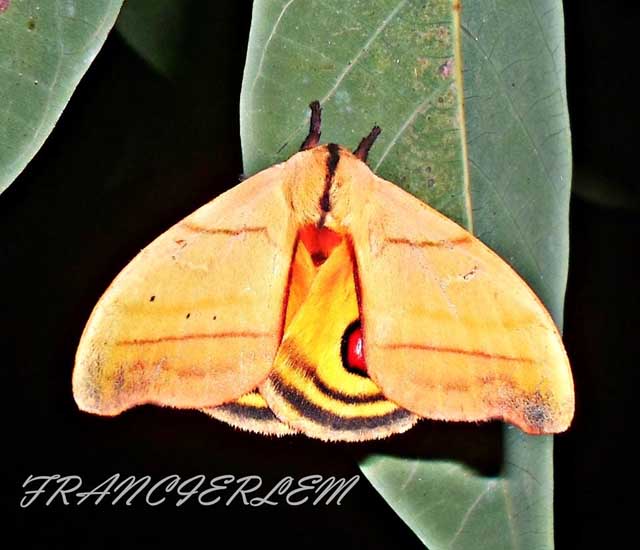
TAXONOMY:Superfamily: Bombycoidea, Latreille, 1802 |
"Someone to Watch |
Please note: The advent of DNA barcoding has resulted in many new descriptions (approximately 200 "new" Saturniidae species, 2010; even more 2011-2013). In many cases the "new" species are quite similar to existing species. Do not be surprised if more refined testing or revisions of "thresholds of difference" result in some synonymies or even more species/subspecies designations. Subsequent rearing may or may not indicate differences in larval appearance. It will be interesting to see how this all pans out.
Compared to H.incisa, the forewing pm line is less preapical, and the hindwing black submarginal band is thinner in H. bahisa.
 Hyperchiria bahisa male |
 Hyperchiria bahisa female | Brazil: Bahia |
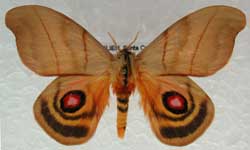 Hyperchiria incisa male |
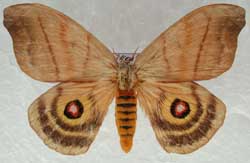 Hyperchiria incisa female | Brazil: ES; RJ; MG; SC; SP, PR; RS; Argentina: Misiones |
Hyperchiria bahisa larvae probably eat Berberis lauina, Cassia corymbosa, Celtis spinosa, Fagus, Ficus benjamina, Laburnum, Platanus orientalis, Quercus, Quercus ilex and Serjania.

Hyperchiria bahisa female, 77mm, Bahia, Brazil,
Entomo-Satsphingia Jahrgang 5 Heft 1 11.04.2012; on my home computer only
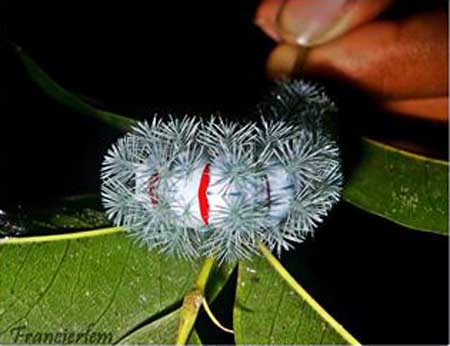
Hyperchiria bahisa fifth instar, Extremoz, Rio Grande do Norte, Brazil,
courtesy of Francierlem Oliveira, tentative id by Bill Oehlke.
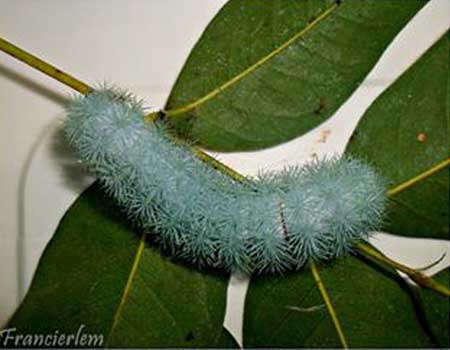
Hyperchiria bahisa fifth instar, Extremoz, Rio Grande do Norte, Brazil,
courtesy of Francierlem Oliveira, tentative id by Bill Oehlke.
The species name, bahisa, is indicative of a specimen type locale in Bahia, Brazil, and a very similar physical appearance when compared to H. incisa.
Berberis lauina |
Barberry |